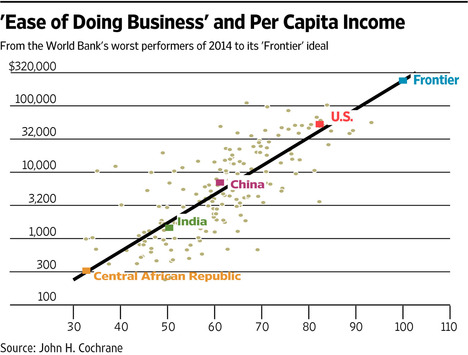(p. D2) Research is exploding into ways stem cells might be harnessed to cure diseases, mend damaged tissue, even grow replacement organs.
. . .
Jeffrey Weiss, a retinal surgeon in Margate, Fla., has treated about 570 patients with retinal and optic nerve diseases with stem cells taken from patients’ bone marrow as part of a study, and says that about 60% have had meaningful improvement. Patients pay $19,000 to $21,000 to receive the injections.
Shawn Rockafellow, a 31-year old truck dispatcher in Chandler, Ariz., started rapidly losing his vision in 2014 to a genetic disease and says he was told to accept that he was going blind. His mother read about Dr. Weiss’s work. Mr. Rockafellow raised the $20,000 fee on GoFundMe, a personal charity website, and had the treatment in both eyes in January.
After three months, the vision in his right eye went from roughly 20/1,000 to 20/400. After six months, it was 20/300. His left eye hasn’t improved as much, so he wants to try the treatment again. His regular ophthalmologist, Scott Markham, says “the fact that he’s not worsening is fantastic.”
. . .
Mark Berman, a Beverly Hills, Calif., cosmetic surgeon who co-founded a network of stem-cell clinics, says “fundamentally, all we are doing is a simple, surgical procedure. This is not witch-doctor stuff. We are repairing cell damage with people’s own stem cells.” He says the member clinics in 25 states have treated about 5,000 patients to date, with no significant adverse events.
SammyJo Wilkinson, a former dot-com executive, developed multiple sclerosis in 1995 and was confined to a wheelchair by 2011. She says her symptoms started to improve almost immediately after receiving a high-dose stem cell treatment at a Houston clinic in 2012. When the FDA blocked access to that form of therapy, Ms. Wilkinson went to Cancún, Mexico, for follow-ups. After a total of five treatments for $90,000, she says she has far less pain, can exercise and walk short distances with the help of a walker.
At the FDA hearing, Ms. Wilkinson, who founded a patient group called Patients for Stem Cells, plans to appeal for a faster approval process for stem-cell therapies and a registry to monitor patient outcomes. “Patients will never get these treatments if they have to go the traditional double-blind placebo-controlled trial route. That takes 10 years and $1 billion,” she says. “There’s got to be a middle ground, where you don’t shut off treatment, you just keep track of it.”
For the full story, see:
Beck, Melinda. “Stem-Cell Treatments Become More Available, and Face More Scrutiny.” The Wall Street Journal (Tues., Aug. 30, 2016): D2.
(Note: ellipses added.)
(Note: the online version of the story has the date Aug. 29, 2016, and has the title “Stem-Cell Treatments Become More Available, and Face More Scrutiny.” There are minor differences in wording between the online and print versions. The sentences quoted above, follow the online version.)

